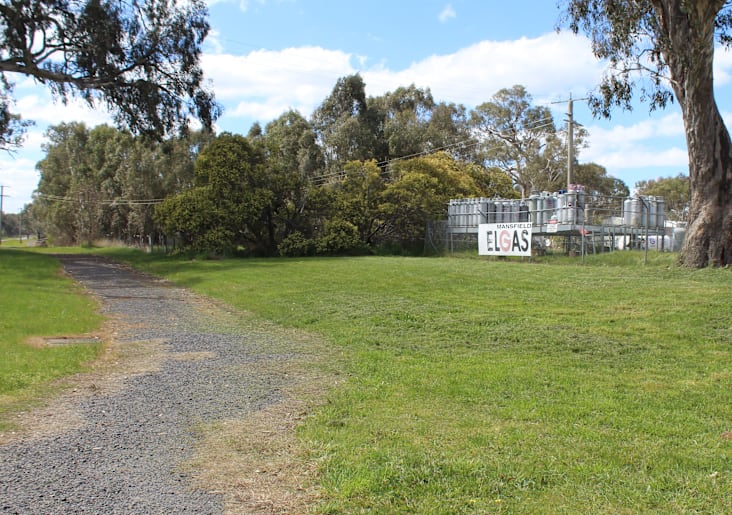Some say there is no smell quite so pleasant as that of freshly cut grass, one of the many smells that define spring and the calendar's warmer months, it heralds the return of growth and life after the barren cold of winter.
But in Mansfield Shire and in shires like it all around Australia, the smell of freshly cut Chilean Needle Grass can signify the spreading of one of Australia's most noxious invasive weeds.
Back in May, council rejected a proposal to erect a billboard at 215 Dead Horse Lane due to an infestation of Chilean Needle Grass.
At the time, Cr James Tehan was particularly troubled by the prospect of disturbing the weed.
"The Chilean needle grass could have devastating effects if it was to spread," he said.
Latest Stories
"If it got out into our agricultural areas, particularly the seed growing industry would be vastly affected by it.
"It's prevalent in the western district and it destroys the woolclip of sheep farmers down there.
"It has devastating effects."
Cr Tehan's fellow councilors agreed and the planning application was rejected.
Recently, the grass bordering the proposed site of the billboard, was mown.
According to Agriculture Victoria, Chilean Needle Grass's primary means of dispersal from infested to non-infested area is through contact.
The weed's seeds are heavy and not frequently transported by the wind, however the seeds are sharp and pointed and often become attached to the coats of animals, clothing and machinery such as mower.
An Australian Government information sheet on Chilean Needle Grass created in collaboration with multiple landcare groups states that the presence of Chilean needle grass can have a devastating impact on agriculture, severely reducing pasture productivity, contaminating crops and hay, and the needle-like seed can injure animals as it burrows into their skin and cannot be easily removed.
When contacted for comment on the matter, Mayor Cr Steve Rabie wished to remind ratepayers that the management of weeds on private land is always the responsibility of the property owner and that council’s offer to provide residents with advice on the best ways to manage invasive weeds is always there.
"We encourage any landholder to reach out to our team," he said.
“We are actively managing the land we're responsible for.
"We have a weed survey happening right now across the Shire's roadsides.
There is no evidence of any spread of Chilean Needle Grass in this area onto Council-owned land.
“It's also important for people to know who is responsible for what.
"The roadside reserve right next to the property is managed by the state government's Department of Transport, and they have their own program for managing Chilean Needle Grass.
"We do keep a close eye on Council-owned and managed areas to make sure invasive weeds are well controlled by our team.”
Any who has identified a Chilean Needle Grass infestation is encouraged to seek advice before attempting to tack the outbreak.
The federal government's advice for dealing with an outbreak is to assess the site, mapping infestations and noting any high risk areas, before developing and implementing a control plan that prevents the spread of Chilean Needle Grass, eradicates small isolated infestations (the Bradley Weeding Technique maximises effectiveness) and contains established and widespread infestations were eradication is not feasible.
In areas where Chilean needle grass is thought to be eradicated, the advice is to continue monitoring for several years.















